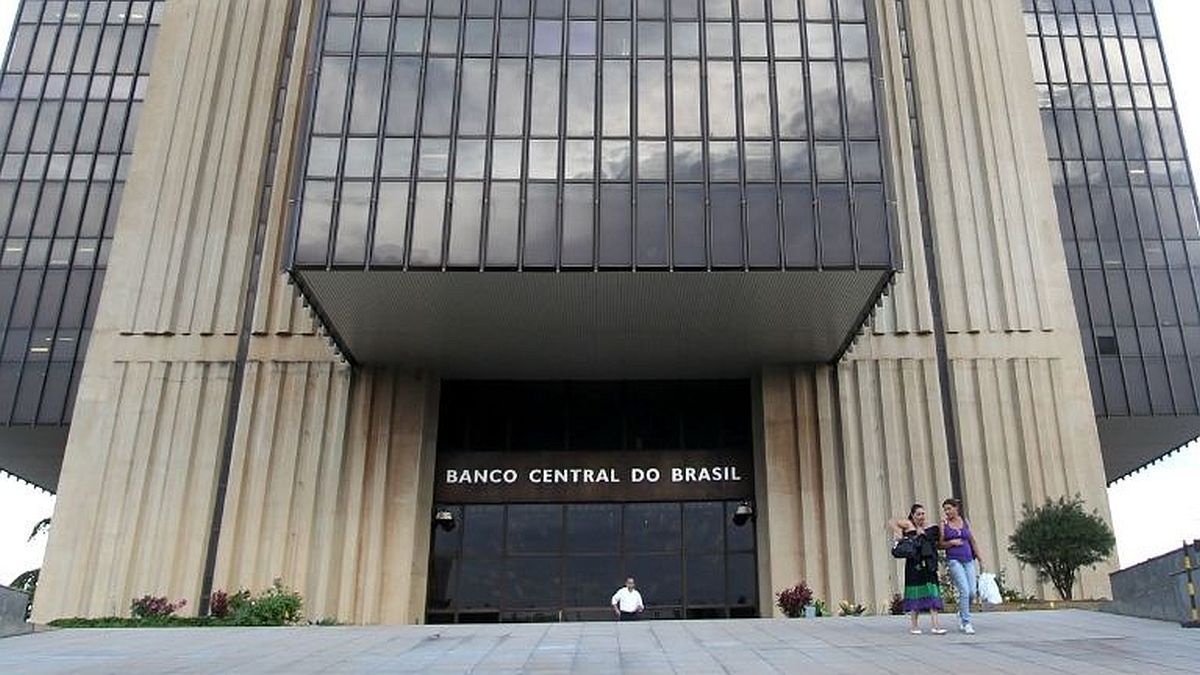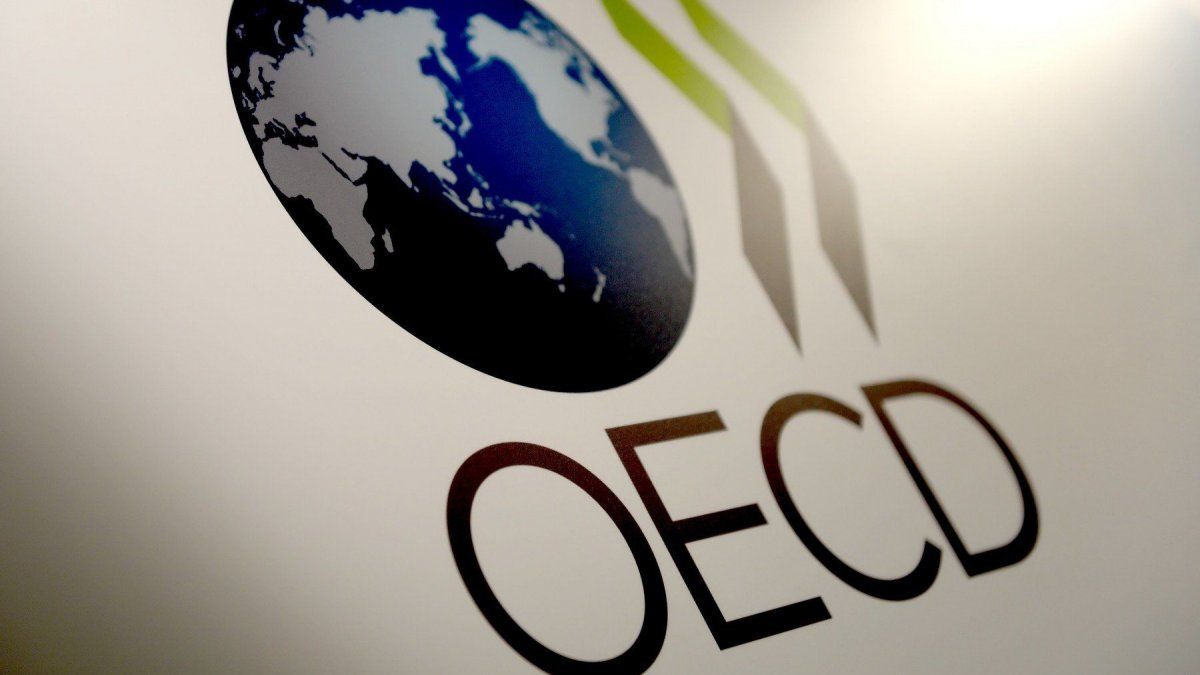In line with market expectations, the Monetary Policy Committee (Copom) applied, at the close of its first meeting of the year, the eighth consecutive increase since March 2021, despite the impact it has on the growth of the leading Latin American economy, in recession
The BCB authorities stated that “consumer inflation continued to surprise negatively” and they also highlighted the challenge of “inflationary persistence” on the external front, which has impacted the price of food.
This new increase in the Selic, the third of this magnitude after those implemented in October and December, took it to a level not seen since the second quarter of 2017 (11.25%).
However, the BC showed signs of reaching the end of the cycle of uninterrupted hikes that began in March 2021, when the reference rate stood at 2% after several months at a record low to boost the economy depressed by the pandemic.
“In relation to its next steps, the Committee foresees as the most appropriate at this time the reduction of the rate of adjustment of the basic interest rate”indicated the Copom about its course of action at the next meeting, on March 15.
Retail price increases accumulated 10.06% in 2021, the worst spike in six years. And although it is expected that this year they will moderate, the projections on 5% exceed the ceiling of the Central Bank’s goal (between 3.5% and 5%) for the second consecutive year.
With rates on the rise, GDP growth forecasts have gone in the opposite direction. The BCB itself cut its growth expectation from 2.1% to 1%, and the market expects just 0.30%, according to the latest Focus survey, in contrast to an expansion of around 4.4% estimated for 2021.
A report from Banco Itaú Unibanco, which was correct in the dimension of this increase, indicated that the movement “is consistent” with the objective of the monetary authority.
In other words, “persevere in the monetary adjustment strategy, making significant progress in contractionary territory, until consolidating both the disinflation process and the anchoring of expectations around the goals.” But he also predicted the rate of gains to moderate.
The president of the BC, Roberto Campos Netrecently said that the cycle of increases “is reaching the end”, something that some economists expect for May.
For Etore Sanchezchief economist of Ativa Investimentos, “the signs of moderation of the adjustment are inconsistent with the advance of the inflation expectations of the authority itself”, which raised its forecast from 4.7% to 5.4% for 2022.
After the increases, the Selic could reach up to 12%, according to a market survey by the newspaper Valor.
The economic scenario will be marked this year by the uncertainty generated by the elections in October, in which the president Jair Bolsonaro will seek re-election, added to the persistent fiscal risk due to the increase in public spending.
Meanwhile, some indicators for the last quarter of 2021 reported an improvement in economic activity with performances above expectations, weighted the Copom, which highlighted the recovery of the labor market.
The unemployment rate fell to 11.6% in the September-November quarter, although with high informality.
On the other hand, the Committee indicated that a possible monetary adjustment by the United States, as announced by the Federal Reserve starting in March, will impose more challenging financial conditions for emerging economies. And he pondered the possible impact of the pandemic, which has set new records for infections in the country in recent days.
Source: Ambito
David William is a talented author who has made a name for himself in the world of writing. He is a professional author who writes on a wide range of topics, from general interest to opinion news. David is currently working as a writer at 24 hours worlds where he brings his unique perspective and in-depth research to his articles, making them both informative and engaging.




